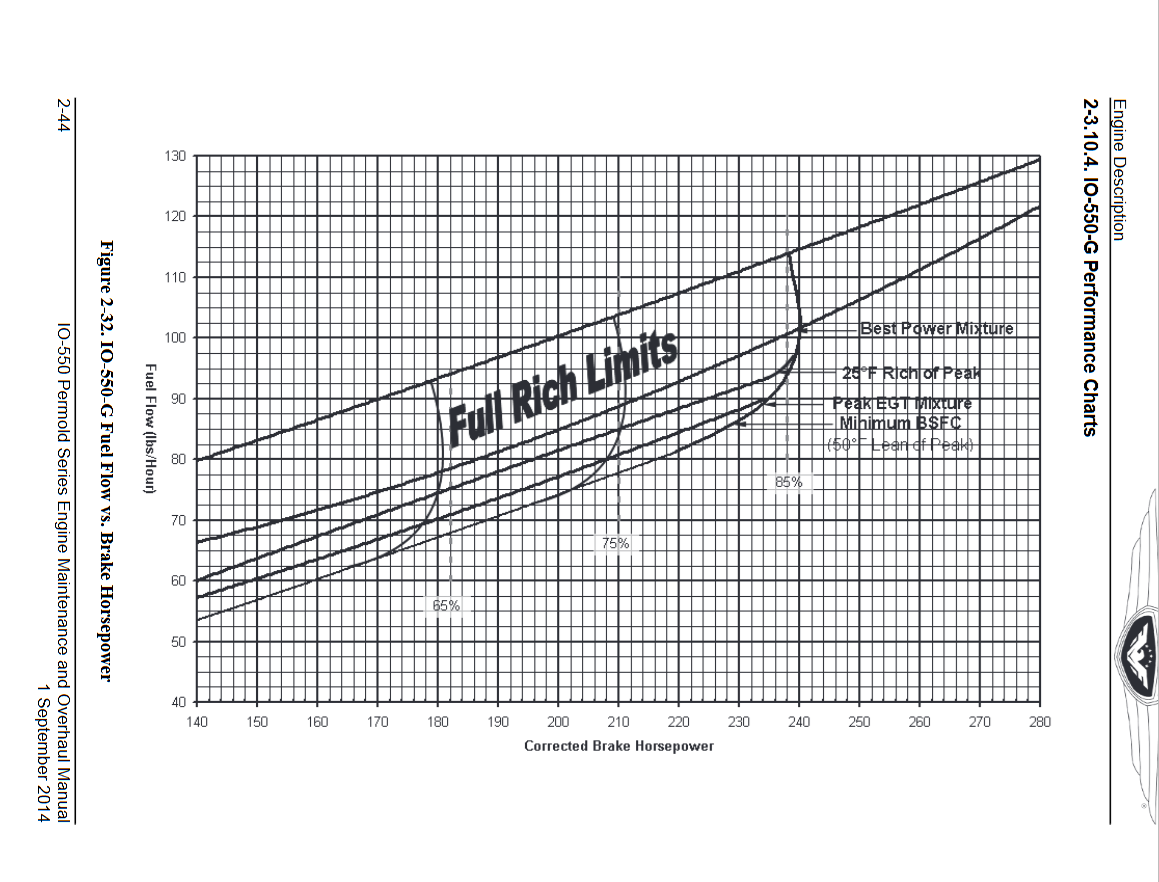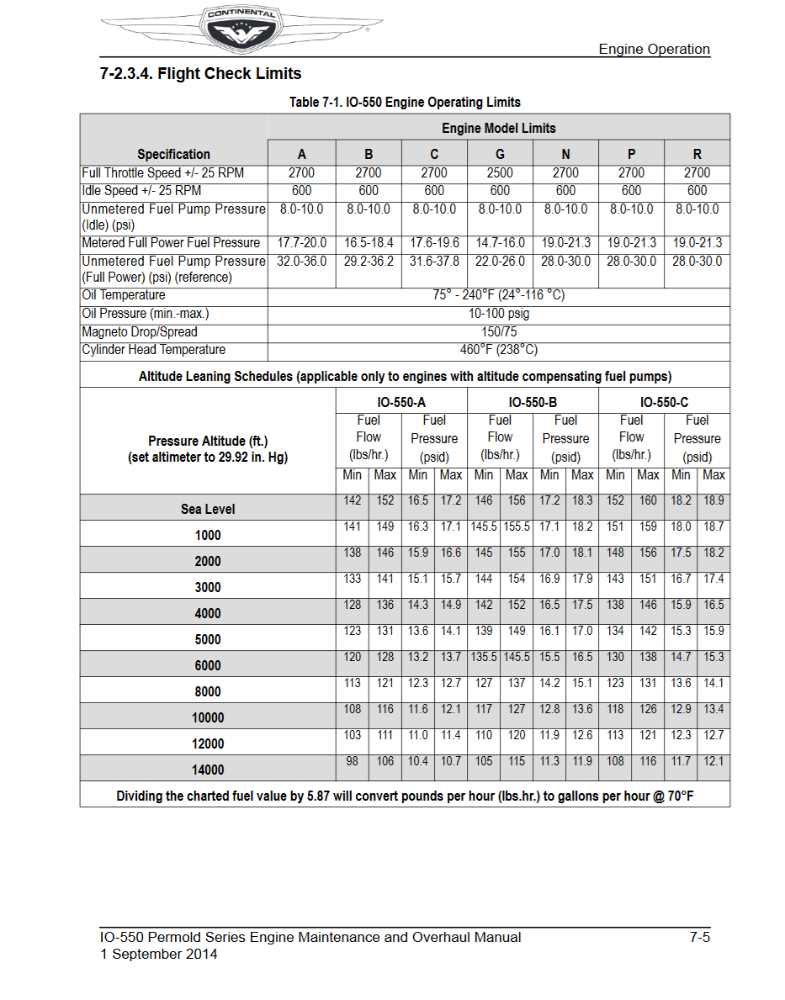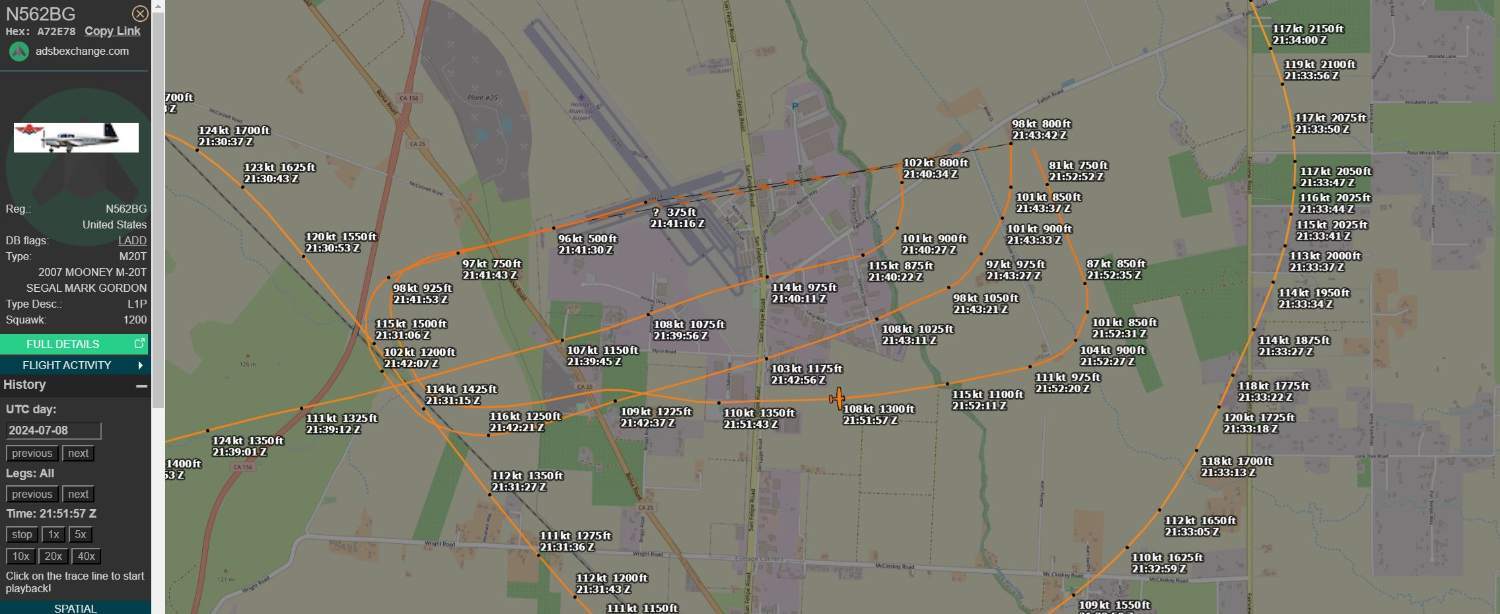
1980Mooney
Basic Member-
Posts
3,180 -
Joined
-
Last visited
-
Days Won
4
Content Type
Profiles
Forums
Blogs
Gallery
Downloads
Media Demo
Events
Everything posted by 1980Mooney
-
For those too young to remember primetime TV on one of the three (3) channels in the 50's and 60's...
-
Good to know that you are longing to read my posts.... Also, I suspect in the future, in spite of your complaints of cost and regulations (remember when you posted how pained you were to be forced to install an ADS-B tail beacon?), that you will fondly look back at this as the "good ol' days" of General Aviation.
-
Complex is right. Some like to toss around the "intent of our founding fathers" and their obsession with "preventing tyranny of government". From the beginning of recorded time Ad Coleum Doctrine held, private property owners owned "everything from Heaven to Hell" - airspace above their land and everything below it. The Fifth Amendment states "no person shall be ... deprived of property without due process of law; nor shall private property be taken for public use, without just compensation." Yet the US Gov't did exactly the opposite 100 years ago. The 1926 Air Commerce Act which took away the airspace rights of private property land owners without compensation (some would call that "theft"). But it is still a complex matter since we have Russian and Chinese satellites overhead all the time.
-
The majors/commercial are already funding a majority of the FAA budget with all the pax taxes, fees and fuel taxes (way more than just the ATC budget). The ATC operating budget is about $9 Billion out of the FAA $24 Billion total budget. This was only about privatizing the ATC portion. I think the long term goal of the majors would be to influence and sway the Board of the private ATC to: Offload more of the ATC cost onto Biz Jet and GA Prioritize spending where the majors fly That means less spending on the thousands of GA airports where the majors will never fly I think that they would move to streamline airspace to keep GA out of Class B airports and busy corridors. This could lower ATC costs, make it more efficient for the majors and lower their costs
-
What do you need a pilot for in the future? To monitor the computers? AI-controlled fighter jet takes Air Force secretary on historic ride (airforcetimes.com) The Pentagon’s Plan for More Ambitious, Affordable Jet Fighters: AI Pilots - WSJ USAF's F-16 to fly pilotless for first time in 2025 | Shephard (shephardmedia.com)
-
Everyone here (as well as on every other Brand X or GA forum) is "preaching to the choir". Of course we think ATC should be free for GA, for GA to have freedom of flight and that the benefits outweigh the costs. But we are less than 0.1% of the voting and tax paying population. And we tend to dismiss history. And the drivers of past history are only getting stronger/worse. We are running huge deficits with no near term relief in sight. Funding is going to be a much bigger issue next appropriation round in about 4 years. If (I should say "when") we get into the next Federal Budget crisis it may come up even sooner. The voting public is not particularly interested in higher taxes to support subsidizing aviation at any level - national or small town budgets with a money losing GA airport. The forces for change are all still there. Even Bloomberg op-ed last year is suggesting ATC privatization would be good now. https://www.bloomberg.com/opinion/articles/2023-05-10/it-s-time-to-privatize-air-traffic-control GA is at the bottom of the food chain... How soon we selectively forget 2017: https://www.foxnews.com/politics/trump-unveils-plan-to-privatize-us-air-traffic-control-system https://www.reuters.com/article/legal/republicans-propose-bill-to-privatize-u-s-air-traffic-control-idUSL1N1JI25M/ Per Fox "Trump wants to turn the air traffic control system into a modernized non-profit organization that operates on fees paid by airlines and others that use U.S. airspace, instead of taxes." A Delta report said: "US supporters of privatization have argued for a shift to user fees as the primary source of revenue for ATC, claiming it will eliminate federal fuel and ticket taxes." All the major carriers were supporters of the 2017 H.R. 2997 to privatize AOPA pointed out: "Privatization is simply a move by the airlines to control the system...GA and rural communities will be left with the crumbs as the board will be dominated by commercial interests." NBAA pointed out: "Truth The 21st Century AIRR Act (H.R. 2997) goes well beyond just removing ATC operations from FAA and turning them over to a private not-for-profit corporation. In addition, services such as flight information, weather briefings, aeronautical information, airport advisory services, and responsibility for navigational aids would be removed from FAA. Congressional oversight of air transportation taxes, allocation of resources, and most importantly access decisions would be given to a not-for-profit corporation. This corporation would be able to tell all general aviation stakeholders where and when they could fly."
-
True. That might be the future solution. For the same reason that we will not need 2 pilots in the cockpit either in the future. That will solve both hiring problems....
-
To summarize my other posts: Passengers ultimately pay for about 55% (and are projected to pay about 69% in the future) of the entire FAA Budget. It is either directly in the form of ticket taxes or in Airline fares driven by the fuel surcharges. General Aviation piston pays about 0.1% of the FAA Budget. We (GA Piston) pay for basically nothing.
-
But we in GA (flying gas burners) don't materially pay much in total annually in the way of surcharges on fuel. It may seem like a lot to us but it amounts to almost nothing towards the FAA budget. Only 0.3% of the ATC Budget. However on any given day we occupy a lot more than 0.3% of the airspace - VFR or IFR. And unlike Commercial Operators, we don't pay any other aircraft related taxes or fees to the FAA. Any other taxes or fees we pay on our aircraft or flights go to City, County and State. That is why the Trump Administration and Congress (encouraged by the Commercial Operators) in 2017 proposed to privatize the ATC. The Commercial Operators figured that they could reduce their costs significantly (as much as 60% on some flights) if every aircraft were made to pay. The logic being that the cost to control a 737 on an IFR flight plan is not materially more then the cost to control your Mooney on an IFR flight plan. https://www.cnbc.com/2017/06/05/watch-trump-expected-to-unveil-a-plan-to-privatize-air-traffic-control.html https://www.usatoday.com/story/news/2017/03/16/trump-privatize-air-traffic-control/99216578/ https://www.transportation.gov/sites/dot.gov/files/2024-03/FAA_FY_2025_Budget_Request_508-v5.pdf
-
Table showing the 2023 Airport and Airway Trust Fund Excise Taxes Structure Table with 2 columns and 9 rows. The Airport and Airway Trust Fund (AATF) last year paid about 55% of FAA Budget - Should grow to pay for 69% this year 2023 Airport and Airway Trust Fund excise taxes structure Table showing the 2023 Airport and Airway Trust Fund Excise Taxes Structure Table with 2 columns and 9 rows. AATC Revenue Tax Source Rate Domestic passenger ticket tax 7.5% Domestic flight segment tax (excluding flights to or from rural airports) $4.80 per passenger per segment; indexed to the Consumer Price Index Tax on flights between the continental United States and Alaska or Hawaii (or between Alaska and Hawaii) $10.60 per passenger; indexed to the Consumer Price Index International arrival and departure tax $21.10 per passenger; indexed to the Consumer Price Index Tax on mileage awards (frequent flyer awards tax) 7.5% of value of miles Domestic commercial fuel tax 4.3 cents per gallon Domestic general aviation gasoline tax 19.3 cents per gallon Domestic general aviation jet fuel tax 21.8 cents per gallon. Effective after March 31, 2012, a 14.1 cents per gallon surcharge for fuel used in fractional ownership flights Tax on domestic cargo or mail 6.25% on the price paid for transportation of domestic cargo or mail In 2020 Avgas sales nationwide were about 413,000 gallons per day and steadily dropping for the past 40 years. (in 1983 daily sales averaged 1,047,000 gallons per day - about 2 1/2 times more). So we in GA pay about $29 Million towards the 2024 $24 Billion FAA budget. (yes a few are burning Jet-A so it is a bit more). Air Traffic Operations alone (no NextGen R&D/development, no Safety, no facilities, etc) were $9 Billion in 2023. Last year the taxes above (AATF) generated about $13 Billion in revenue for the FAA or about 55% of their budget (remainder from US General Fund). 70% or about $9 Billion was from taxes on passengers on the Commercial flights. Commercial operators use about 31 Million gallons of Jet-A per day or over 11 Billion gallons per year. They pay about $490 Million in taxes on that fuel. In 2024 they project that the Airlines and their pax will fund 69% of the entire $27 Billion FAA Budget (ATC Air Traffic Organization will jump to $10 Billion) General Aviation will pay about 0.3% of the ATC Budget (and only 0.1% of the FAA Budget in total)
-
Good safety reminder, but we aren’t paying for it - Isn’t that the major complaint by the major airlines/pros regarding GA? They would like to see us pay ATC User Fees like their push in 2006, 2011, and I think they were floating it again last year. They see us as a bunch of freeloaders. I doubt that we will dodge the bullet next FAA appropriation in about 4 years. Who knows, maybe then we will get the level of service that we are paying for.
-
Still seems on the high side. @GeeBee with same plane/engine recommended 24-25 gph for operational balance. Also, as he highlighted have you been able to determine if your onboard fuel flow meter is accurate?
-
Why are you trying to set up your Continental IO-550 like a 300–310 hp variant running at 2700 RPM when you said you have a derated 280 hp model limited to 2500 RPM? Did your plane get a screaming eagle 310 hp upgrade? If not, you’re asking mechanics to set it up ridiculously rich. That may be why no one is listening to you.
-
Any good A&P knowledgeable in Continental engines should be able to help you. What is your T/O FF currently? Has your engine been set per Continental SID-97 and M-16 already? https://pceonline.com/wp-content/uploads/2017/04/SID97-3GFuelSysSetUp.pdf http://softoutfit.com/static/refs/io550overhaul.pdf
-
All the M20J POH's are posted in the "Downloads" section of MooneySpace. Click on the "Browse" button and you will see the dropdown.
-
I think @GeeBee’s comment and title of this topic highlight the epidemic of Mooney landing phase claims. This sad plane simply illustrates the tip of the iceberg. You yourself said “There is no requirement for a gear up to be reported to the FAA.” which proves the true rate of incidences and claims are higher than those reported in the FAA ASIAS (which no one wants to acknowledge or discuss).
-
Perhaps the better question is: - How much is “baked in” for Mooney incidents in the landing phase? What percentage is our insurance higher because of the higher incidence of landing phase claims (I.e gear-ups, gear collapses, bounces that cause prop strike, porpoises that collapse the nose gear, excess speed/poor energy management due slippery wing cause runway excursions and overshoot, excess speed causing pilot to get behind the curve causing any of the above) - A good comparison would be the cost of exactly the same coverage for * $200,000 M20J vs $200,000 Cessna 182 fixed gear * $275,000 M20K vs $275,000 Cessna Turbo 182 fixed gear
-
You make it sound like all airplane insurance policies are painted with the same brush. Retracts, fixed gear, fast, slow, piston, turboprop, jet - makes no difference. Everything is in the same risk pool and tied to payouts on 737Max and bizjet crash/writeoffs. I wonder why @Parker_Woodruff has told us many times that we pay a premium over similarly valued Cessna 182's. - why it is so hard for new pilot's to get Mooney insurance. And I guess the cost of gear-up repair is a big nothing burger to the insurance companies. - what do you reckon an Acclaim gear-up costs knowdays? - 90,000? $100,000 more? When discussing a $5,000 policy back in 2020:
-
Right. The first two were with the same owner: 2012 https://asn.flightsafety.org/wikibase/287250 2014 https://asn.flightsafety.org/wikibase/198812 In the latest case, the current owner registered it in January 2023. https://www.aircraft.com/aircraft/200917055/n562bg-2007-mooney-acclaim https://www.aircraft.com/aircraft/200921111/n562bg-2007-mooney-acclaim The Instrument Rated owner, age 65 years per internet, if flying, departed Watsonville early afternoon and was at non-towered Hollister practicing landings. Although blocked on FlightAware, ADSBExchange, shows from time stamps, that it appears he flew a touch and go followed by a landing, taxi back and go. The third landing was a gear up. The prior day, July 7, he flew the same pattern at non-towered Watsonville (one touch and go, one land, taxi back and go and one full stop). The July 7 patterns look stabilized. The July 8 patterns, although not complete, make it look like he may have been struggling turning to base and had flown through the centerline on the second landing. Winds were crosswind 12-13 mph from the NW to WNW. On the final pattern he drifted well to the south east while on downwind to Runway 24. https://globe.adsbexchange.com/?icao=a72e78&lat=36.887&lon=-121.401&zoom=14.5&showTrace=2024-07-08&trackLabels×tamp=1635703215 https://globe.adsbexchange.com/?icao=a72e78&lat=36.927&lon=-121.780&zoom=14.5&showTrace=2024-07-07&trackLabels×tamp=1720394500
-
Seeing as how problems during the landing phase appear to be the biggest source of incidents and accidents for Mooney's, one would think that it should be the leading topic of discussion. Instead it seems to morally offend some owners to even mention it. It is very hard to know the actual rate of gear-ups, gear collapses, bounces which porpoise into strikes, overshoots of TDZ or runway excursions that result in damage. Many are not reported publicly. In order to discuss a solution one needs to know the rate at which it occurs and all the factors influencing it. If one finds it emotionally troubling to discuss the facts and circumstances contributing these landing phase incidents and accidents, then just stop reading about Safety and Accidents. Given that the 4 lead topics in in the "Mooney Safety and Accident Discussion" have not been updated in 6-7 years, it is clear that the entire discussion is not very popular and that many prefer a "head in the sand" attitude.









